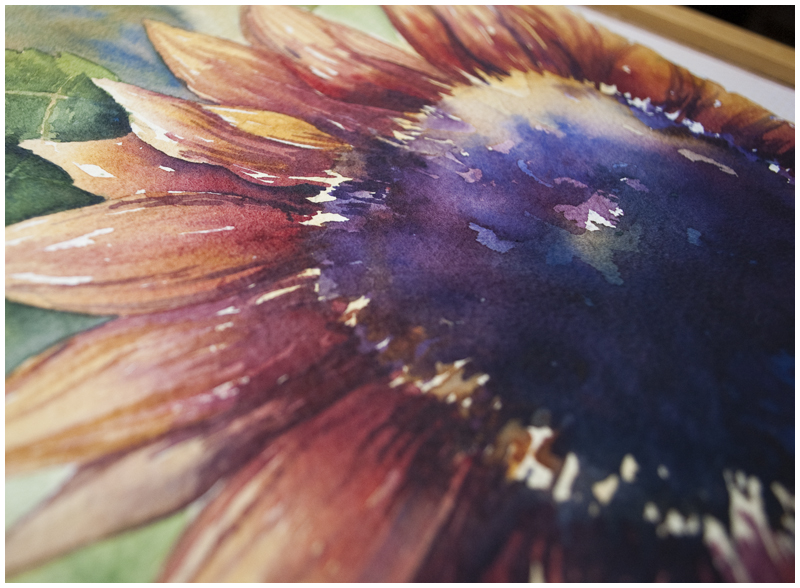Oh NO! I ruined my painting!
Watercolour is frequently described as the "most difficult medium" and the main reason for this is that a mistake will change the course of an entire painting. Unlike other mediums, you can't cover mistakes with more paint, at least not without losing the whole point of painting in transparent watercolour.
For a beginning painter, there are few things more disheartening than a ruined painting. I don't think it would be an exaggeration to say that it sometimes feels soul-crushing. For a new artist, much time and concentration is poured into each painting, and to see mistakes take over can leave the artist questioning whether they should even try to paint at all.
Please don't think that failed paintings equal failure as an artist! Trust me, if you keep painting, you will develop a new mindset, one that sees mistakes and failure in a different light.
I painted the river scene in this article more than seven times before I was satisfied with the result.
What if, instead of looking at the past - perceiving the hours of struggle that went into the painting - as time wasted, you looked ahead - remembering that the hours you spent painting yesterday make you a better painter tomorrow? Would it be easier to accept if you viewed any time spent painting as critical to your learning process, regardless of the painting's outcome? This becomes easier to do when you have been painting for a long time and can look back to see the patterns of success and failure as almost cyclical. The paintings that are a painful struggle indicate a learning phase, and at the end of that phase is a sweet place of accomplishment.
I've realized that every painting starts out as a problem...and continues to be a problem, right until it's finished. Think about it; your first problem is a sheet of blank paper. How do you get the image in your mind onto that sheet of paper?
You place your first brush stroke, more or less where you want it, and your problem comes alive. With every stroke you are trying to resolve a problem, and in the process, creating new ones, acting and reacting. Your plan has to continually change (especially, if, like me you prefer to paint loose & fluid) and you're not always going to make the right decision, which will change the plan again.
Viewing a painting as a problem you are solving sounds like a negative way to think. No one likes to face problems all the time! But I've found that I've actually learned to view problems in a positive light. If you tackle a problem, you become a problem-solver. That's a good thing to be!
A problem solver is someone who isn't easily deterred, who doesn't give up when things get tough.
A problem-solver thinks outside the box.
A problem-solver makes things happen.
Mistakes become challenges, opportunities to move in a new direction and explore new ideas.
In life, we don't always get to fix our mistakes. Sometimes we have to accept that life is broken. But in my painting, I can do what I want, and what is totally freeing is being able to look at that big, ugly mistake and say, "Well, I just totally messed that up. Now I have nothing to lose," and fill that paper with passion and spirit.
You might enjoy this video sharing a few practical ways to fix mistakes in watercolour:



